Nisa Khan is a scientist with a strong focus on lighting and, specifically, LED lighting and its dangers.
LED stands for Light Emitting Diode. It's a type of light source that uses a semiconductor to emit light when an electric current passes through it. LEDs are super efficient, last ages and don't get hot like old-school bulbs.
LED lights disrupt sleep—blue light suppresses melatonin, leaving you tossing and turning all night.
— Alexander Wunsch, physician and photobiology researcher
Everybody uses them and they're great. I use them in my studio (but probably shouldn't).
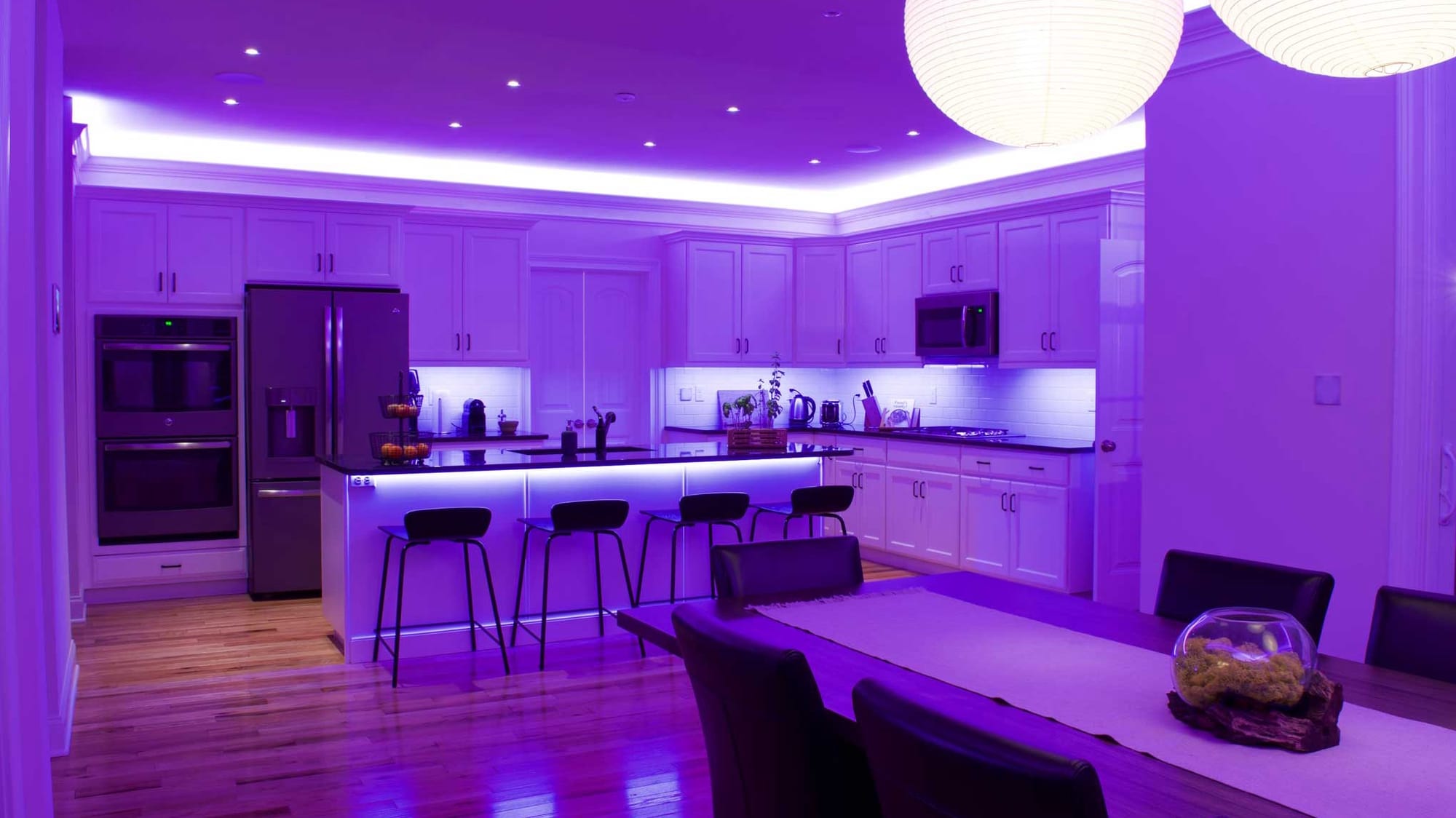
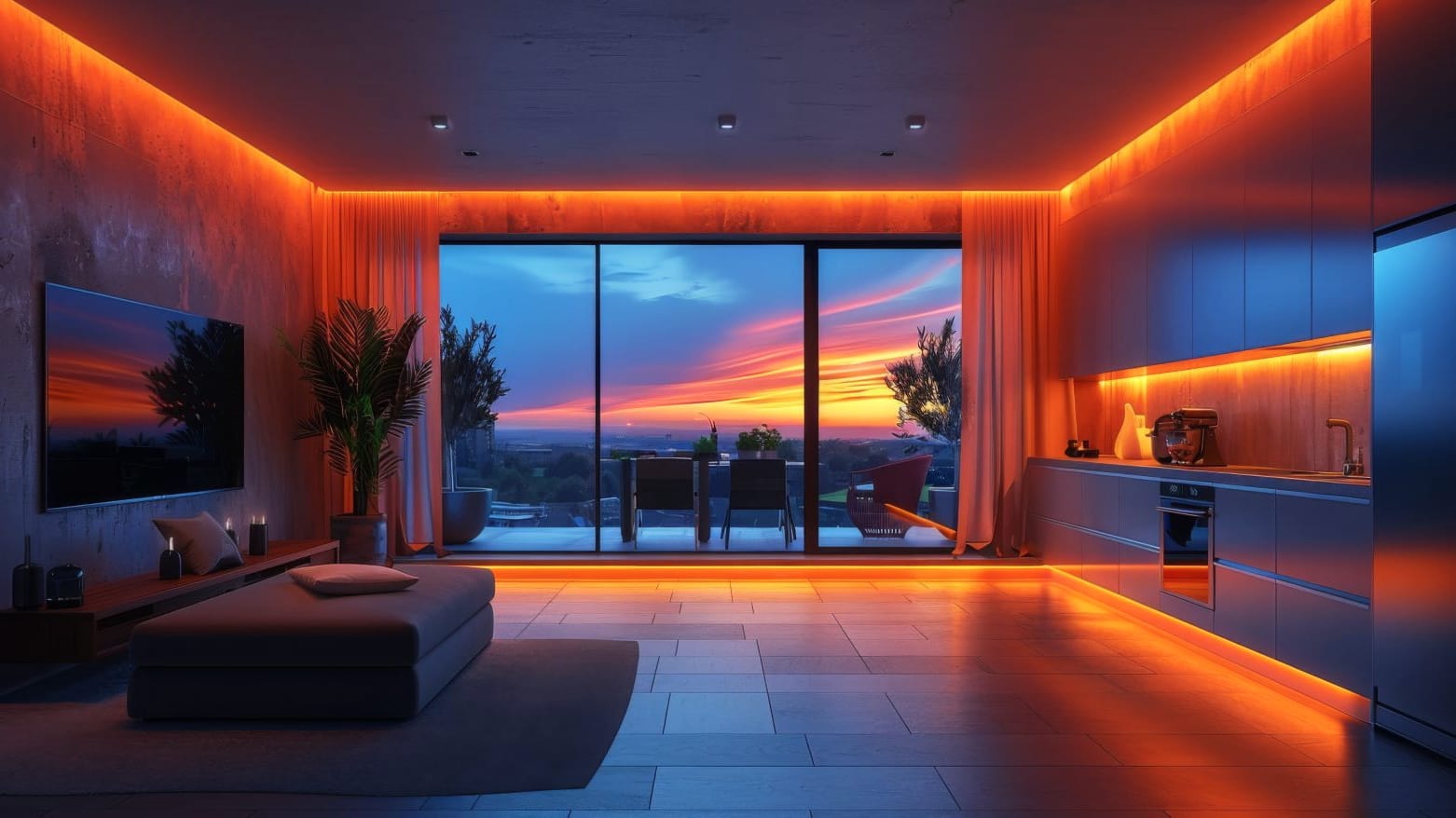
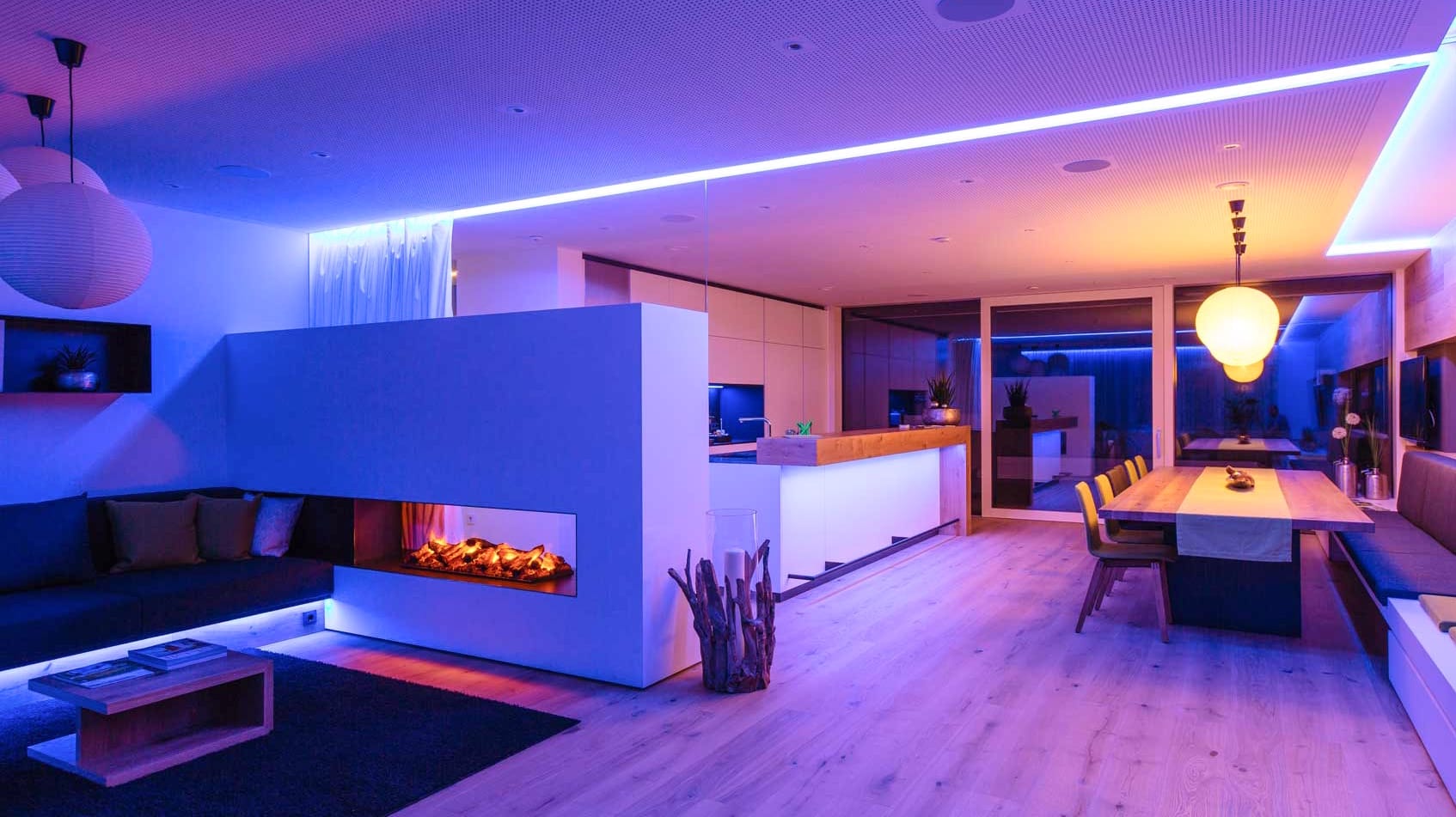
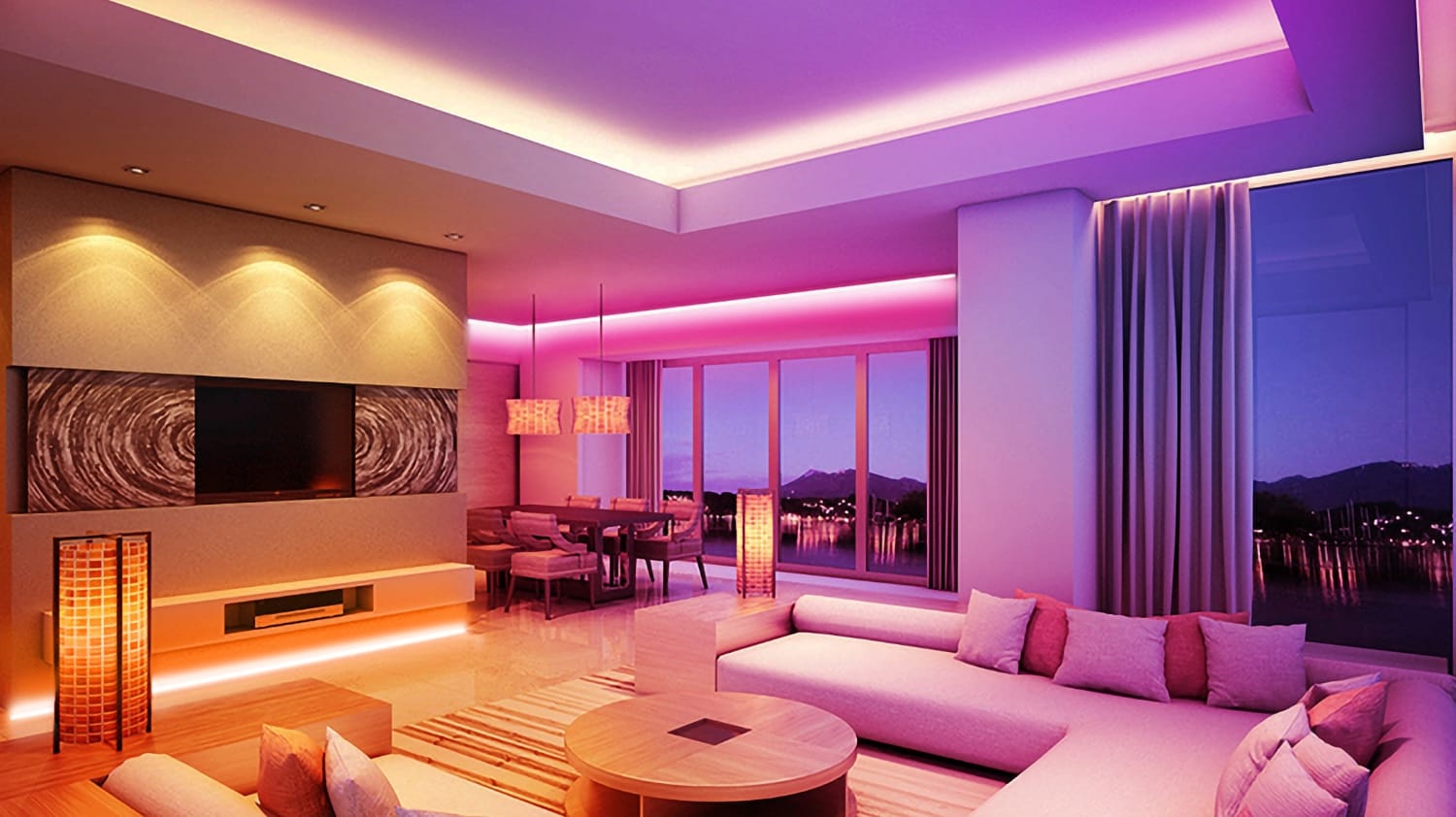
Looks awesome but how does it impact your health?
However, as Nisa argues, the convenience comes at a cost.
Her discussion with me is quite scientific and requires concentration but the gist is that LED lighting is harmful because it is not only artificial but also two-dimensional, unlike the three-dimensional light from the sun, a candle or even an incandescent bulb (which uses heat).
☀️ In other words, sunshine and candles are the healthiest because they're natural, followed by incandescent bulbs.
Blue light from LEDs at night spikes alertness—your body thinks it’s noon, wrecking your circadian clock.
— Janet Sparrow, professor of ophthalmic sciences
Natural light is king
It's weird that I need to type this but, since some people believe that men can become women, let's get this out of the way.
The light you're exposed to daily significantly affects your health. Natural sunlight is, by far, the healthiest, offering benefits beyond just vitamin D production. That's why I've stopped using sunscreen and sunglasses, except in extreme cases, realising that the sun isn't the enemy and it makes no sense to block the full light spectrum from my skin and eyes.
Unfortunately, most people spend too little time outside during the day.
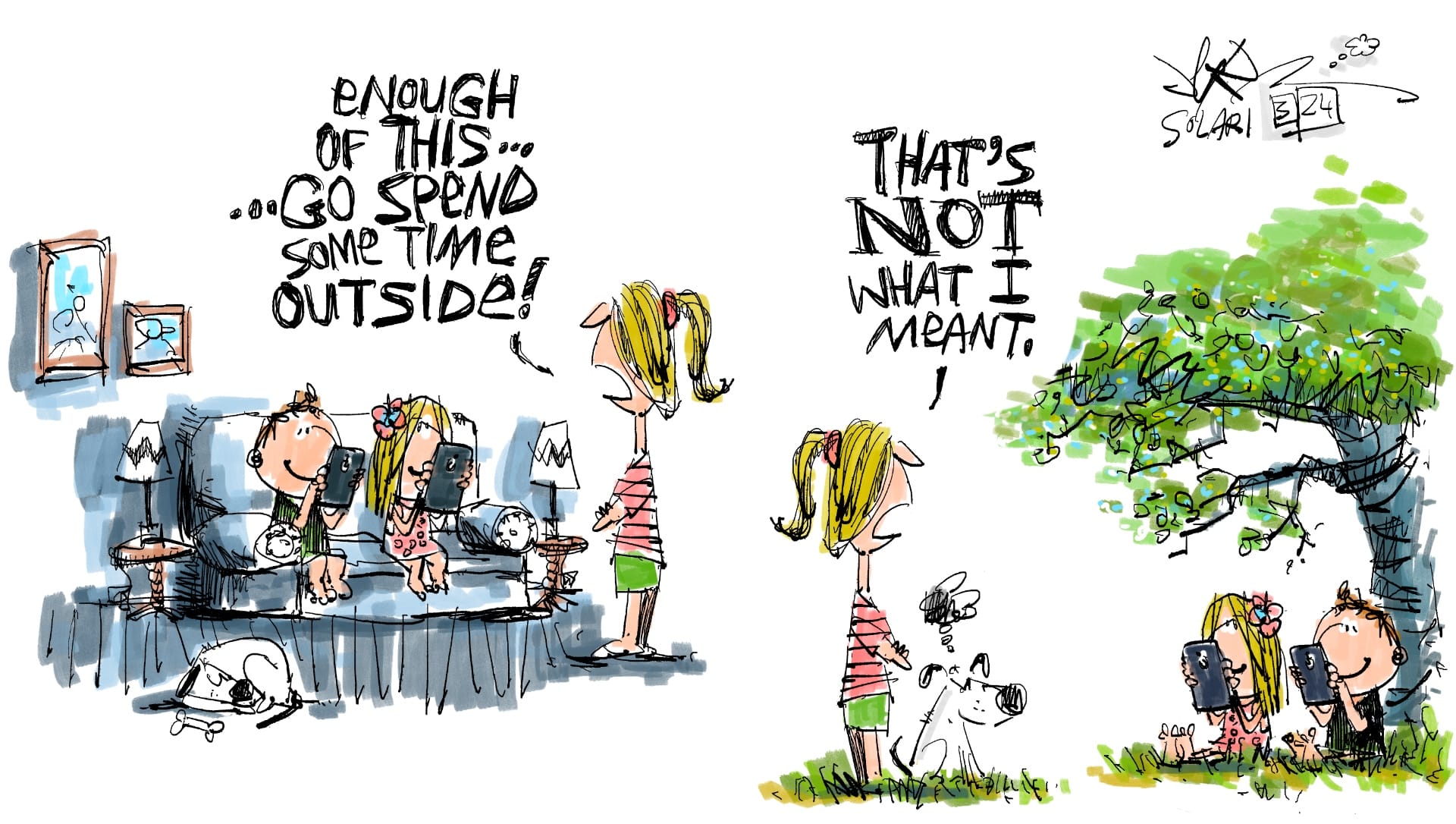
To make things worse, many have swapped their incandescent bulbs, which—as Nisa notes—mimic natural sunlight, for energy-saving LED bulbs. Yes, they might save on energy but come with costly side effects.
💡 In other words, try use incandescent bulbs instead of LED bulbs.
LEDs emit a lot of blue light, causing oxidative stress and they lack near-infrared light that could mitigate some of this damage. In other words, LEDs are missing the full light spectrum.

- LEDs worsen your vision.
- LEDs can make you sick through mitochondrial dysfunction.
- LEDs damage your sleep.
I’ve been a member of the Mavericks Project for years, a global network founded by guys I know, buffering against central control. They don't accept all applications because they focus on quality, not quantity.
🎙️ Podcast episode
Here's my discussion with Nisa.
Admittedly, I use LED lighting for my podcast, but this conversation has opened my eyes.







